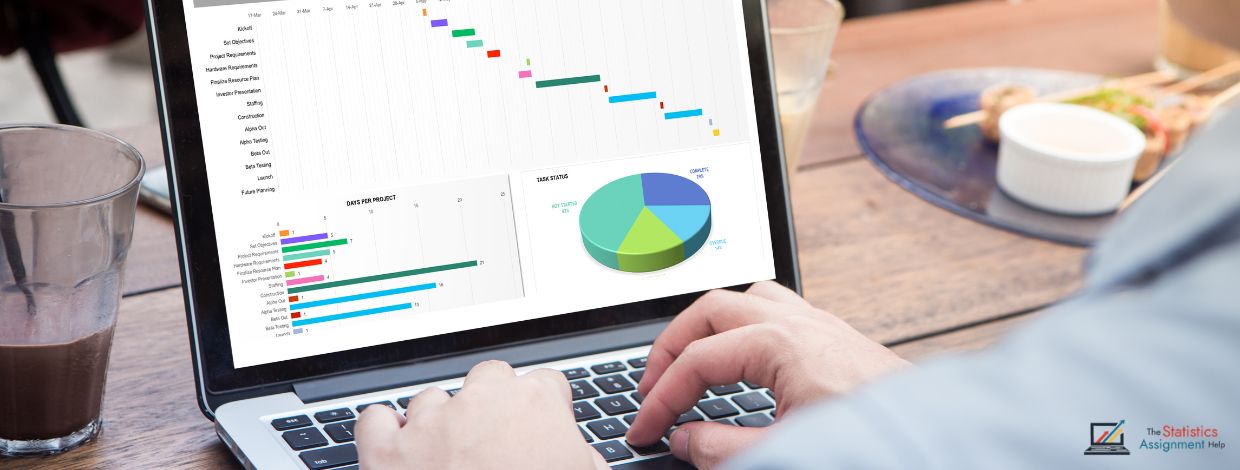
- 20th Nov 2024
- 06:03 am
Excel is a powerful tool for transforming raw data into clear, easily understandable visuals. Whether you're analyzing sales figures or comparing survey results, presenting your data with charts can greatly improve comprehension and impact. Here’s how you can create stunning data visualizations in Excel, step by step.
1. Organize Your Data First
Before jumping into creating visuals, make sure your data is clean and well-organized. Here’s what to do:
- Ensure consistency: Remove duplicates or any empty cells.
- Label clearly: Each column should have a clear heading so Excel can understand how to organize the data.
- Sort and filter: If necessary, sort your data in a logical order to make it easier to read and visualize.
2. Pick the Right Chart Type
Choosing the appropriate chart is key to delivering the right message. Here are some common options:
| Chart Type | When to Use |
|---|---|
| Bar & Column | To compare different categories or show data over time. |
| Line Chart | Best for displaying trends or changes over periods. |
| Pie Chart | Use when showing parts of a whole (percentages). |
| Scatter Plot | To explore relationships between two variables. |
3. Customize with Color
Color makes your charts stand out but should be used thoughtfully:
- Choose contrasting colors for different categories, making the data easier to distinguish.
- Avoid too many colors: Stick to a simple color palette to keep your chart professional and easy to read.
- Highlight key points: Use bold or bright colors to emphasize critical data or trends.
4. Add Titles and Data Labels
Adding titles and labels makes your chart more understandable at a glance:
- Titles: Add clear, descriptive titles to explain what the chart is showing.
- Data Labels: These help your audience quickly grasp the data points without having to reference the table. Add them to your bars, lines, or points to show exact values.
5. Use Excel’s Built-in Features
Excel offers several features to enhance your visuals:
- Trendlines: For line charts, trendlines can help highlight long-term trends or patterns in your data.
- Forecasting: You can forecast future values based on existing data, adding depth to your analysis.
- Regression: Use regression analysis for visualizing relationships between variables.
6. Keep It Simple
It’s easy to overcomplicate things. Aim for simplicity:
- Avoid unnecessary elements like too many gridlines or 3D effects that can distract from the data.
- Focus on the key points that tell the most important story. Keep your chart clean and easy to interpret.
Example: Comparing Sales Data
| Month | Product A | Product B |
|---|---|---|
| January | 1500 | 1200 |
| February | 1700 | 1300 |
| March | 1600 | 1400 |
Using a Column Chart, you can easily compare the sales of both products month by month. By adding a title like "Monthly Sales Comparison" and data labels showing the exact numbers, the chart becomes a useful visual tool for anyone analyzing the data.
Conclusion
Creating effective data visualizations in Excel is simpler than it seems. By organizing your data, choosing the right chart type, and customizing with colors and labels, you can create clear and impactful visuals that make your data easier to understand. Keep your design simple and focus on delivering key insights for your audience. Excel has everything you need to make your data stand out!








